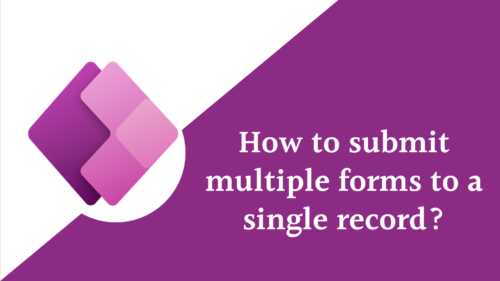In this article, we will guide you through using PowerApps to determine the last day of any month. Whether you’re an experienced PowerApps user or new to the platform, mastering date manipulation will greatly enhance the functionality of your apps. Let’s explore how to achieve this in PowerApps!
PowerApps get last day of month
PowerApps enables complex date manipulations, which is essential for business processes like generating reports, scheduling, and managing deadlines. A common task is finding the last day of a month, useful for end-of-month reporting, financial calculations, Timesheet, etc.
Let’s explore how to achieve this in PowerApps!
Get the last day of the current month
You can follow these steps to get the last day of the current month in PowerApps:
- Creating the first day of the current month.
- Adding one month to get the first day of the next month.
- Subtracting one day to get the last day of the current month.
DateAdd( DateAdd(Date(Year(Now()),Month(Now()),1),1,TimeUnit.Months),-1,TimeUnit.Days)- Now(): This function returns the current date and time.
- Year(Now()) and Month(Now()): These functions extract the year and month from the current date.
- Date(Year(Now()), Month(Now()), 1): This constructs a date representing the first day of the current month in the current year. For example, if today is June 10, 2024, this part creates the date June 1, 2024.
- DateAdd(Date(…), 1, TimeUnit.Months): This adds one month to the date created in step 3. So, from June 1, 2024, it moves to July 1, 2024.
- DateAdd(…, -1, TimeUnit.Days): This subtracts one day from the date obtained in step 4. So, from July 1, 2024, it moves back one day to June 30, 2024.
This is how PowerApps get last day of month.
PowerApps Get the last day of any month
To determine the last day of any month in PowerApps, you can use a similar approach to the one used for finding the last day of the current month.
Add a DatePicker control to your PowerApp for the user to select a date. Use a label or another control to display the last day of the month based on the selected date using the expression:
Here’s how you can get the last day of any given month in PowerApps.
DateAdd( DateAdd(Date(Year(DatePicker1.SelectedDate),Month(DatePicker1.SelectedDate),1),1,TimeUnit.Months),-1,TimeUnit.Days)
- DatePicker.SelectedDate: Replace this with the specific date you want to use to find the last day of the month. This example assumes you have a DatePicker control in your PowerApp, and the user selects a date.
- Year(DatePicker.SelectedDate) and Month(DatePicker.SelectedDate): These functions extract the year and month from the selected date.
- Date(Year(DatePicker.SelectedDate), Month(DatePicker.SelectedDate), 1): This constructs a date representing the first day of the month of the selected date.
- DateAdd(Date(…), 1, TimeUnit.Months): This adds one month to the date created in step 3, moving to the first day of the next month.
- DateAdd(…, -1, TimeUnit.Days): This subtracts one day from the date obtained in step 4, moving back one day to the last day of the selected month.
This is how PowerApps get the last day of any month.
DateAdd(DateAdd(Date(2024, 3, 1), 1, TimeUnit.Months), -1, TimeUnit.Days)This PowerApps formula will get the last day of month 3 and yield March 31, 2024.
By implementing this expression, you can dynamically calculate and display the last day of any month based on user input or any given date in your PowerApps application.
See Also
- How To Use Pdf Function In PowerApps?
- Working With PowerApps Nested Gallery Control
- How Power Automate Create Excel Table Dynamically? | Power Automate
- How To Make A Csv File Utf-8 Encoded? | Power Automate
- How To Format Text In PowerApps? PowerApps Convert Text To Other Data Types
- Alternate Row Color In Gallery PowerApps: Simplest Way
- Check If PowerApps Contains Substring
- PowerApps If Statement And Nested If With Example
- Model Driven App With SharePoint Data Source
- PowerApps Get Day Of Week Date
Join us
- Subscribe Power Platform Geeks.



